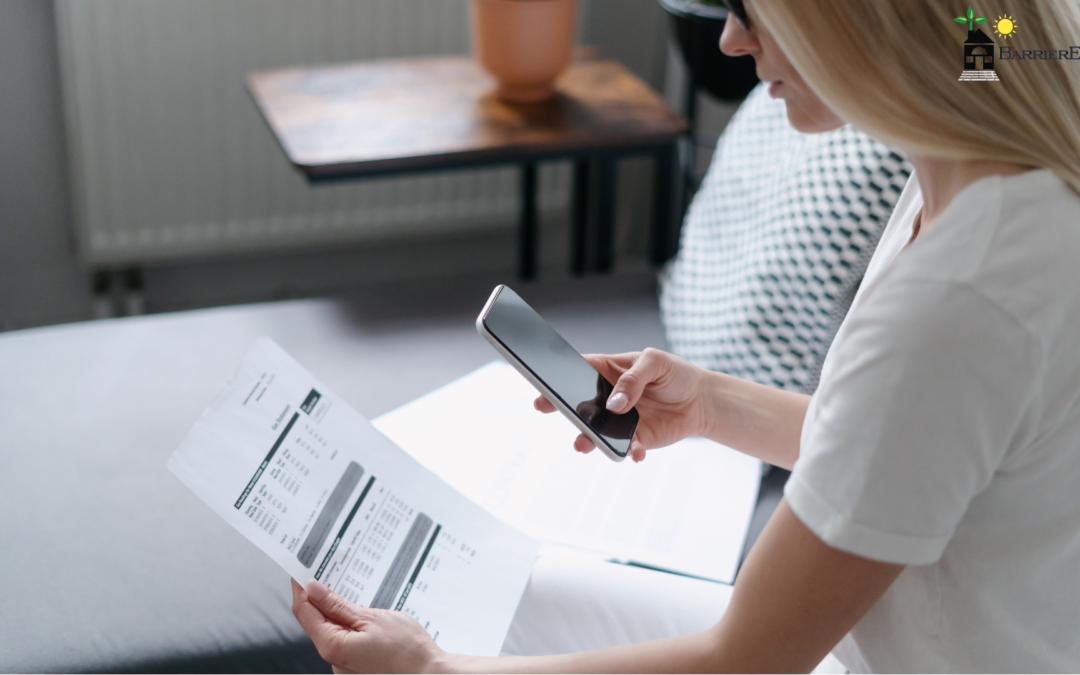Do HVAC Efficiency Ratings Matter?
When deciding what HVAC equipment to install, efficiency ratings are the key to differentiating between various makes and models. Without a basic understanding of efficiency ratings, it’s much like trying to interpret a foreign language. Efficiency ratings are important because you’re making a big investment in expensive equipment. Greater efficiency can save you money and increase the value of your investment. Replacing an HVAC system over ten years old can save 10%-30% on your utility bills, on average. Furthermore, the California Energy Code requires compliance with efficiency ratings, as listed in your Title 24 Report.
Rated Equipment Requirements
Why is this important for you to understand, anyway? Isn’t it the job of the engineer or designer to specify the equipment in the plans? In a perfect world, that may be true. However, in reality, details may get overlooked. Oftentimes, when the rubber meets the road the equipment that was once specified is no longer available. Or worse, the plans simply don’t match the Title 24 report at all.
That’s why each person in the chain of command must double-check the HVAC rating requirements listed in the Title 24 report, also known as the CF1R. Otherwise, you may end up with a costly issue later on down the road. The result of such a discrepancy is either having to send the Title 24 report back for revisions or even changing out the installed HVAC system. Whether you’re a homeowner, contractor, installer, or designer, you should understand the basics of equipment ratings.
Heat Pumps
HSPF 
The Heating Seasonal Performance Factor (HSPF) is an efficiency rating for heat pumps. In technical terms, it’s a ratio between heating output and electricity used. Depending on the age of the system, the scale starts at 8.2 and ends at 13.5. The higher the performance rating, the higher the efficiency and savings. A system with an 8.2 HSPF generates 8.2 BTUs per kilowatt hour. Double-check that the system you’ve purchased meets or exceeds the HSPF listed on the Title 24 report.
Verified Heating and Cooling Capacity
Next to the HSPF on the CF1R are the capacity ratings. Capacity is how much heat a system can transfer in one hour, measured in British thermal units (BTUs). One BTU is approximately equal to the thermal energy produced by one match. Typically, the engineer or installer calculates the amount of heating or cooling needed based on square footage and climate. These ratings take climate into account by illustrating performance at 17°F versus 47°F.
It’s okay to go slightly above the minimum capacity ratings, but you should not undersize your system. Otherwise, the system will have difficulty maintaining set temperatures. That means higher energy bills and a shorter life expectancy for your equipment. To get a general sense of the proper equipment size, you can use this BTU calculator, or contact us.
SEER/EER Rating
Air conditioners work by removing heat from inside your home to outside. Similar to how HSPF measures heating efficiency, SEER and EER measure cooling efficiency. Firstly, the Seasonal Energy Efficiency Ratio represents the unit’s efficiency during a varying cooling season. The formula for calculating SEER is [BTU output during summer]/[energy used during summer]. On a scale of 10 to 22, the higher the SEER, the less energy and costs the system will consume.
On the other hand, the Energy Efficiency Ratio (EER) rates cooling efficiency at a constant outdoor temperature of 95°F and humidity of 50%. Rather than the performance of the system over a season, EER dictates the rate of heat removal from the air in [BTU capacity]/[watts of electricity]. Energy Efficiency Ratios can be useful when comparing AC units in a temperate climate zone.
VCHP Credit
VCHP stands for Variable-Capacity Heat Pump, which gets you extra compliance credit on your Title 24 report. VCHPs have SEERs of 20+, and can function at multiple “speeds”. As a result, these units are highly efficient. HVAC systems are designed based on temperature extremes, but these systems can utilize energy as needed. Most ductless systems and some ducted systems qualify for this credit.
Gas Furnaces
AFUE Efficiency
When it comes to furnaces, the most important rating to pay attention to is the minimum efficiency value. This number represents the percentage of energy that directly converts into heat. In the example above, 95 means 95% efficiency with 5% loss in the process of thermal conversion.
HERS Verifications
In conclusion, there are many factors to consider when selecting HVAC equipment. Due to the complexity of these factors, it’s best to seek consultation. Efficiency ratings are like the miles per gallon in your vehicle, giving you an idea of how much you’re going to spend on fuel. There are even variables outside of efficiency ratings to consider such as the quality of insulation, the quality of ductwork, and occupancy patterns. As professionals, we can register your Title 24 Report, help you select the proper equipment, and even locate available incentives to find the right balance between budget and performance. OK
Once your new equipment is installed, it’s time to select a HERS Rater. Your Title 24 Report outlines the required HERS verifications, like in the image above. Inherently, our job is to verify that the equipment you’ve installed matches the Title 24 Report. Not only will we perform duct leakage and AC testing, but we will also make sure the equipment ratings meet minimum requirements. Going above and beyond will not cause a need for Title 24 revisions, but remember that energy calculations are a very finite balance. Installing mismatched equipment can throw the whole project out of compliance with Energy Code. Reach out to us sooner rather than later to save yourself the headache!






Recent Comments